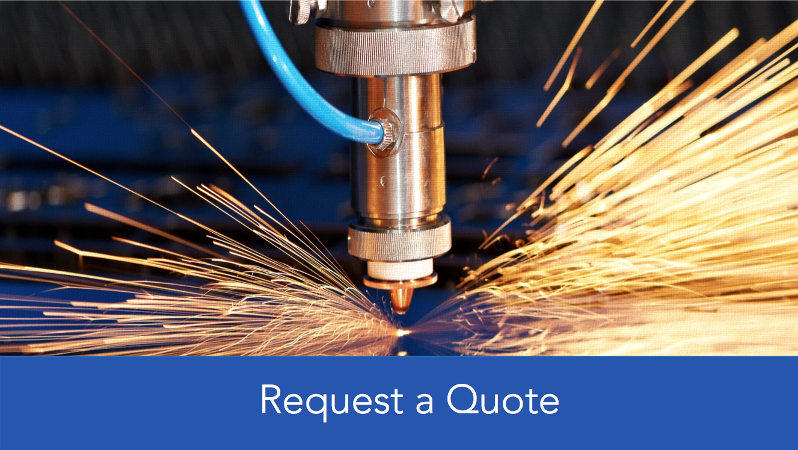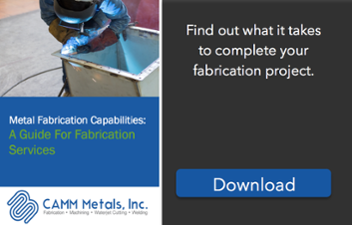 The development of fiber optic technology has brought about several technological advancements, the most notable of which is the ability to transfer information faster and in larger quantities than ever before. Instead of relying on phone lines or copper wiring, fiber optic technology allows users to send data through diodes using beams of light. This technology has also revolutionized laser cutting technology, as fiber optic cabling can produce a light beam 200% more effective than CO2 lasers. Besides increased power, fiber laser cutting boasts a variety of advantages over traditional cutting methods. Here are some of the top advantages of fiber laser cutting.
The development of fiber optic technology has brought about several technological advancements, the most notable of which is the ability to transfer information faster and in larger quantities than ever before. Instead of relying on phone lines or copper wiring, fiber optic technology allows users to send data through diodes using beams of light. This technology has also revolutionized laser cutting technology, as fiber optic cabling can produce a light beam 200% more effective than CO2 lasers. Besides increased power, fiber laser cutting boasts a variety of advantages over traditional cutting methods. Here are some of the top advantages of fiber laser cutting.
More Compact Design
Since the transmission of the fiber laser beam utilizes diodes and fiber cables, as opposed to relying on CO2 gas and requiring a specific distance between mirrors, fiber laser technology can be far more condensed than traditional lasers. With their compact designs, fiber lasers are much more space-efficient than CO2 lasers.
Less Expensive and Requires Very Little Maintenance
One of the most valued benefits of using fiber lasers is that it can help cut costs. For a machining company, the initial cost of a fiber laser in conjunction with the overall lifetime of the device constitutes massive savings. Unlike most lasers, fiber lasers do not require high-priced optical mirrors. They also do not have an exposed focusing lens, which means the lens (if properly maintained) can last as long as the laser itself and will not require incessant replacements like most lasers.
Additionally, fiber lasers are significantly more energy-efficient than CO2 lasers. This means fiber lasers have a lower production cost and increased life expectancy (due to reduced energy requirements). Another way fiber lasers are cost-effective is they require far less maintenance than most lasers. Since fiber lasers do not have any moving parts they do not need to be taken offline for repairs or replacements, wasting valuable production time and resources.
Able to Cut Different Materials
One of the main issues with traditional laser cutting technology is that their beam can bounce off of the reflective surfaces of certain materials, and end up damaging the cutting equipment. Specific non-conductive metals as aluminum, brass, and copper are known for damaging lasers and used to require the use of different cutting devices. However, fiber lasers have a shorter wavelength that allows them to slice through reflective materials without any risk of damaging the laser itself.
Faster Cutting Speed
Due to the incredibly powerful beam produced using fiber optic technology, fiber lasers offer considerably faster cutting speed and precision. When cutting a straight line 1mm thick, a fiber-based laser cuts three times faster than traditional lasers. When cutting through thicker materials the difference in cutting speeds begins to drop, but fiber-based lasers still always come out ahead.
Interested in Beginning a Laser Cutting Project with CAMM Metals?
Starting a project from scratch? Do you have more questions about our services and capabilities? Let us know how we can help answer your questions or request a quote! We can fabricate any order, whether it includes prototypes, components, or final assemblies. We adhere to the belief that high-quality results can only be achieved through the use of high-quality equipment. Our technicians operate the Prima Power PLATINO® Fiber 2D laser cutting machine, offering the fastest cutting speeds on the market!




